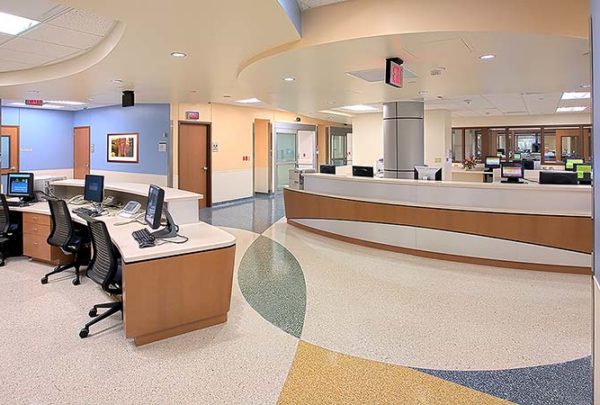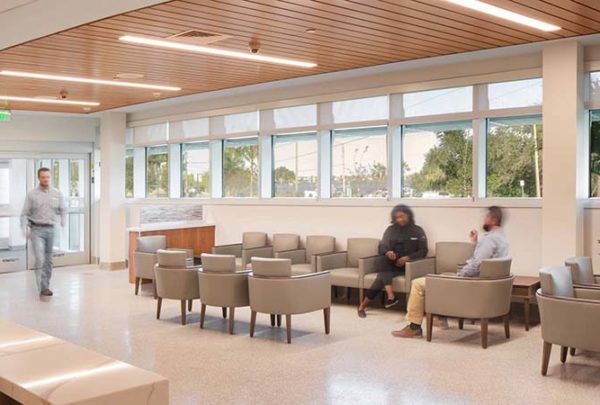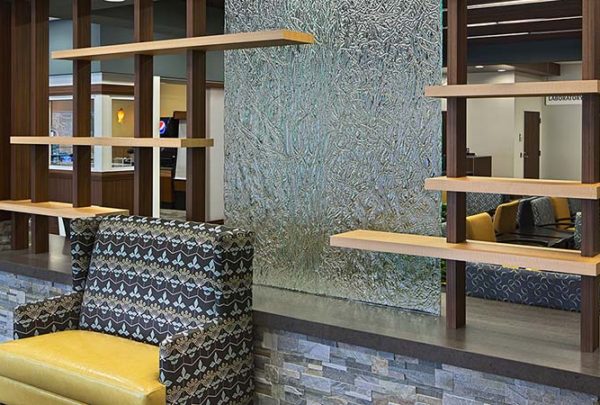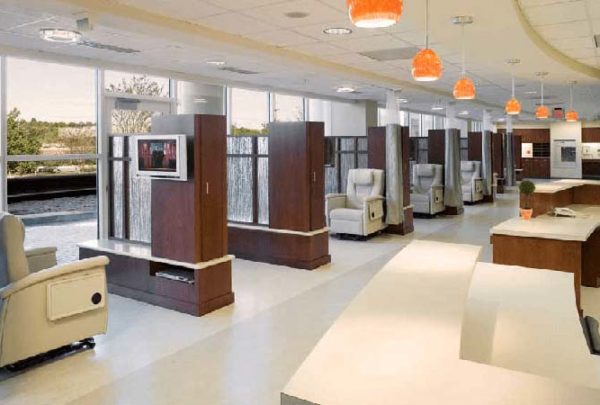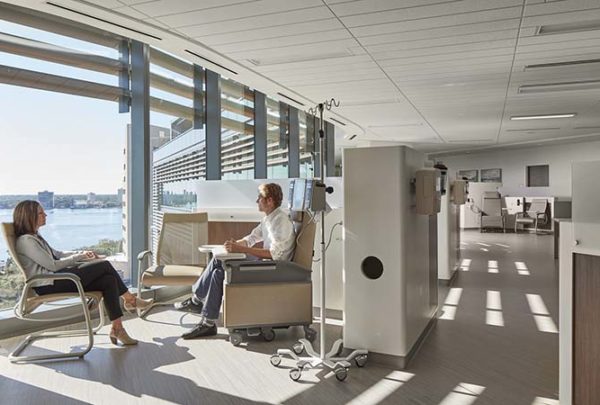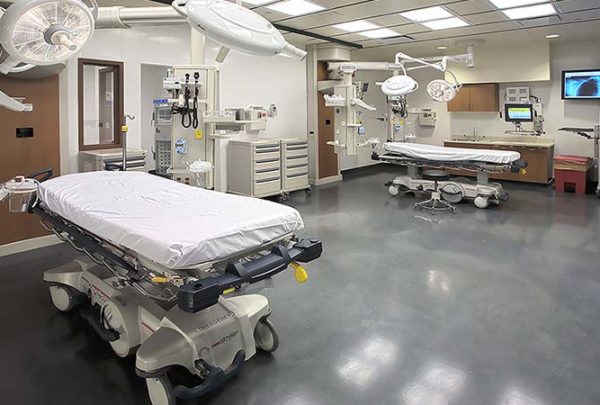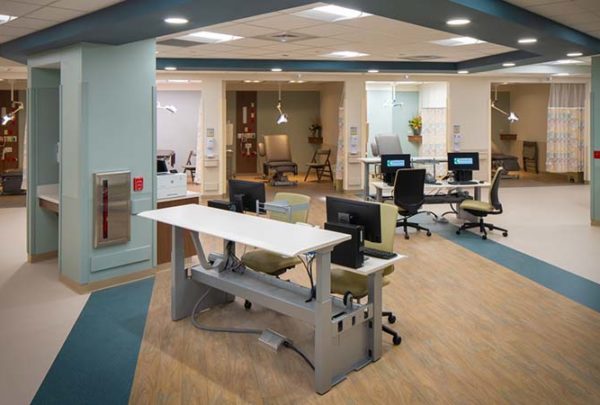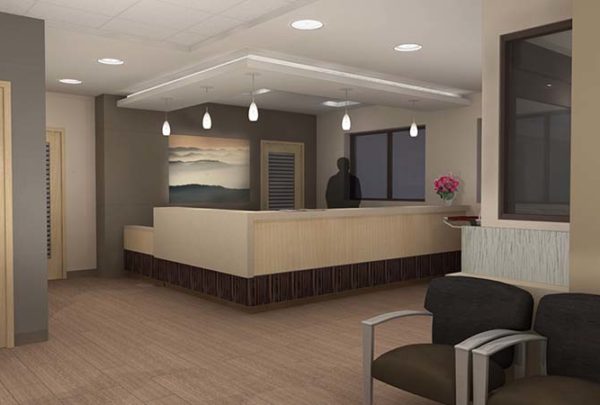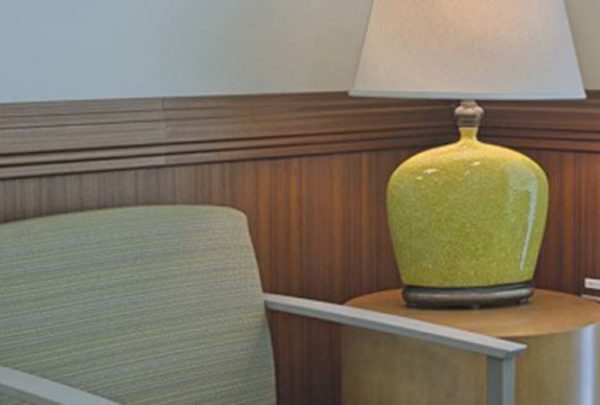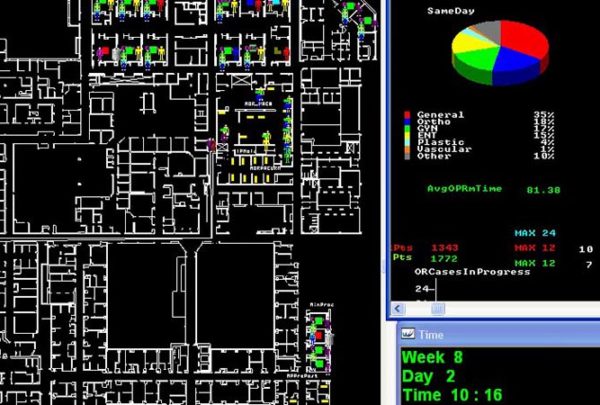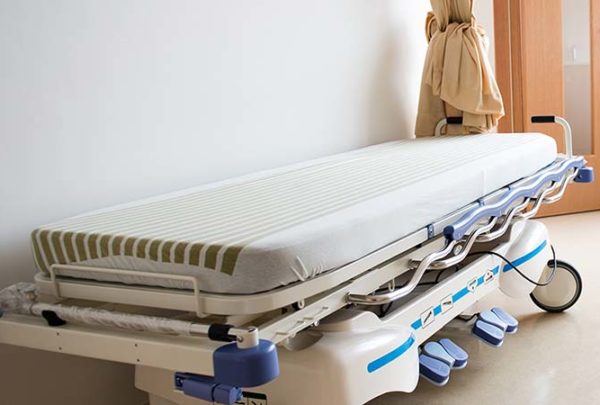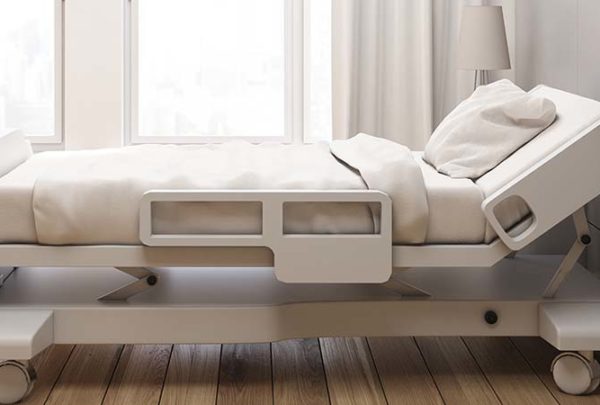An ongoing debate in inpatient behavioral healthcare has been the benefits of private versus semi-private rooms. While private rooms require more square footage and are therefore costlier to build, they may save money in the long run by reducing length of stay through treatment opportunities and patient experience created with space.
Behavioral health beds are in short supply in the United States, and reimbursement rates are low. Behavioral health units also need to balance the privacy and safety offered with private rooms versus the social support provided by semi-private rooms.
There is no definitive method or algorithm for determining the quantity of private versus semi-private rooms on an inpatient behavioral health unit. However, having a conversation about the following considerations is the most productive approach to help you determine the appropriate complement.
Age Cohorts
Behavioral health populations are already segregated by age, creating separate units for geriatric, adolescent, and pediatric care. This separation is increasingly required by code per state regulations for licensure. However, other population factors need to be considered.
Patient Volatility Potential
If you are serving a population with a higher incidence of defiant behaviors, angry outbursts, or loss of contact with reality, we will want to consider how we handle the de-escalation process for these patients in a safe environment, which often means a private room. That private room could be in the form of their private patient room or a separate seclusion room when patient bedrooms are semi-private. In a semi-private bedroom model, multiple de-escalation rooms may be needed if the incidences within the population warrant the added construction.
Gender
Utilization rates of an inpatient behavioral health unit are quickly affected by patients’ gender. In a private bedroom model, utilization rates should run around 80% for planning purposes. However, when implementing a semi-private bedroom model, a lower utilization rate of 75% should be used to accommodate the inconsistencies in genders among admissions. This will increase the overall bed quantity over what is initially projected.
Patient Accountability
A discussion with providers on the impact of semi-private rooms and patient accountability needs to occur. Patients held accountable by their roommates when not under direct supervision of staff has shown to reduce length of stay and improve quality of care for specific populations. However, this method is determinant on the patient population being served; highly volatile populations are likely to cause more harm to others in semi-private rooms. Staffing at one nurse to two patients for constant, direct supervision is highly inefficient staff utilization on a behavioral health unit.
Patient Perception
Patient experience plays a role in determining the appropriate number of private rooms. If a patient has been admitted for a primary diagnosis other than behavioral health but must be located on the behavioral health unit due to a secondary diagnosis or for safety reasons, they may perceive they are at the hospital for reasons other than their behavioral health condition. Therefore, we need to consider their expectation to be housed and treated similarly to patients without the behavioral health diagnosis but within the confines of a physically safer and preventive unit.
Treatment Methods
While licensure regulations are starting to require the addition of private consult spaces and socialization spaces outside of the patient room, understanding the patient’s treatment needs during their acute phase of mental illness is key. Working with staff and physicians to determine the types of treatment provided at the facility will help determine the quantities of private and group settings necessary.
Private Room or Consult Room
In a unit with a high prevalence of semi-private rooms, a complement of consult rooms will be necessary to provide one-on-one care. However, at this point a discussion with the treatment team is warranted to determine whether the patient population would be better served with private patient rooms where treatment can occur versus semi-private rooms with a consult rooms for treatment. How many consult rooms are needed will relate to the number of providers on the unit treating patients.
Opportunities for Privacy
In a highly semi-private model, additional square footage needs to be accounted for to provide patients the opportunity to be alone when needed. While having semi-private rooms saves in square footage, that square footage is often reallocated to support the treatment environment.
When trying to strike the right balance between private and semi-private rooms in your behavioral health unit, it’s important for your team to consider a variety of factors. The decisions you make will affect the environment in which your patients are treated and create flexibility in the future as patient populations change.


































































































